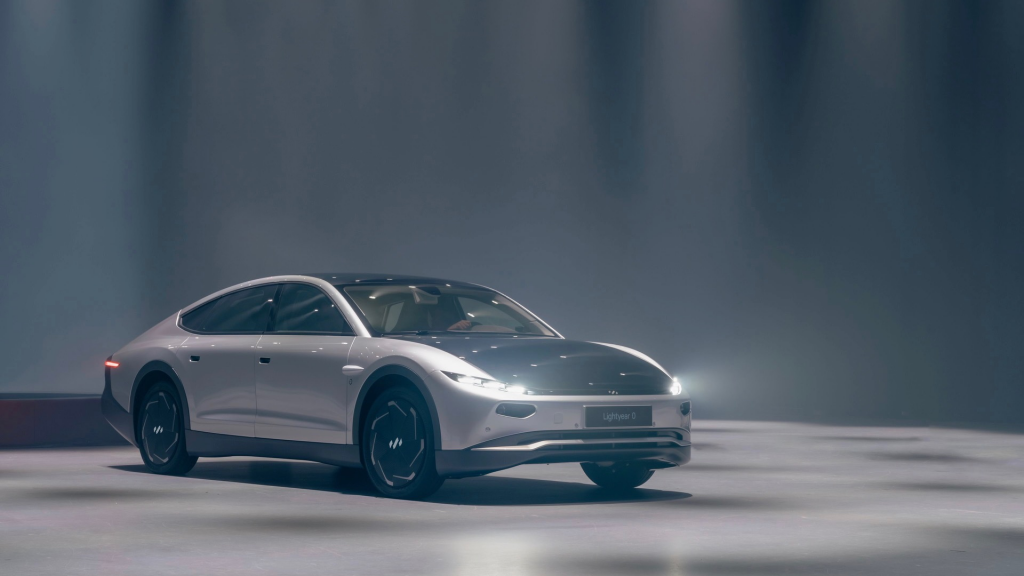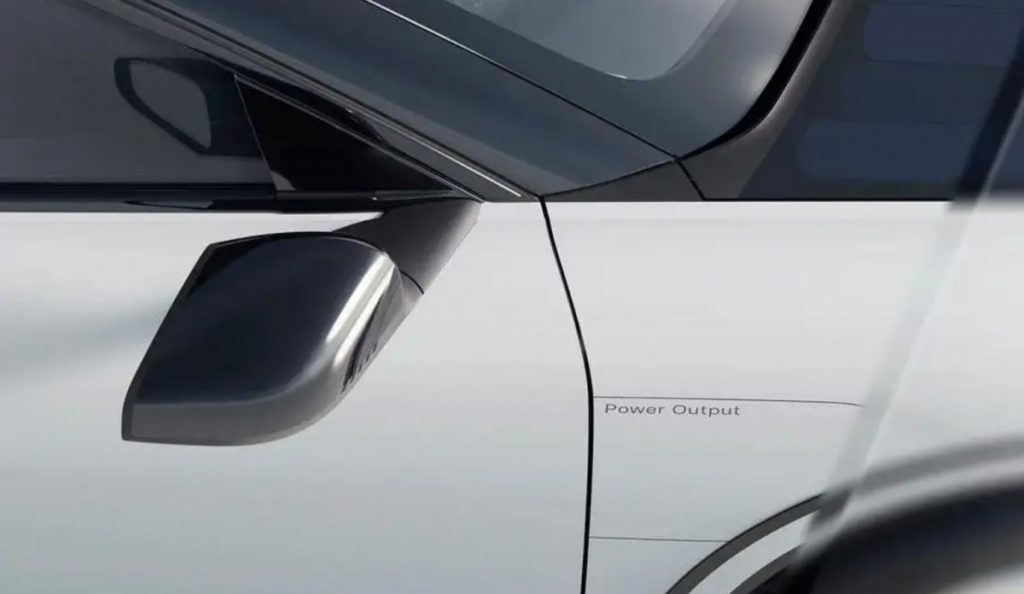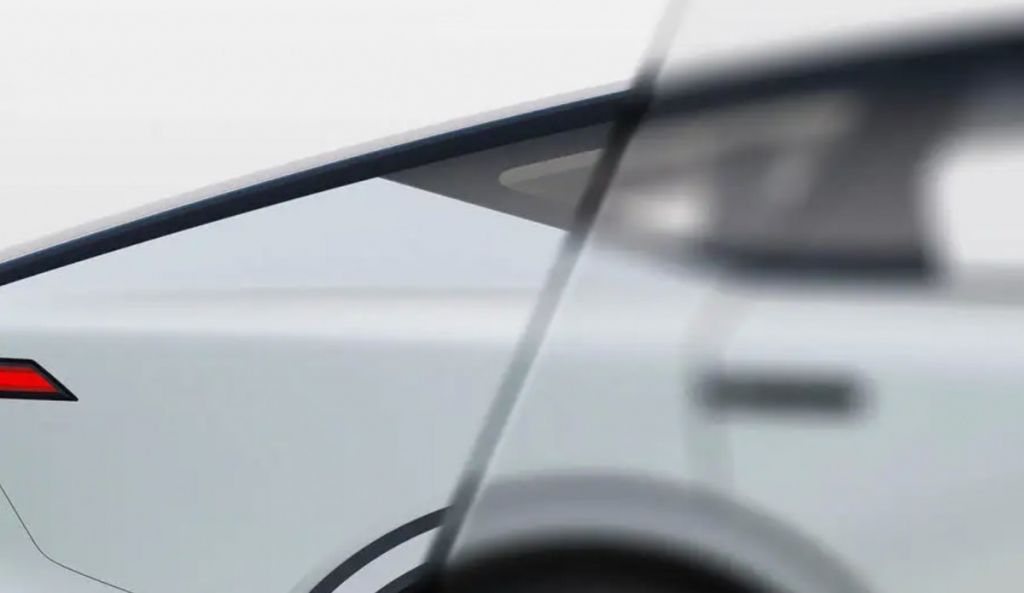Lightyear has begun teasing images of its second, far more inexpensive model, the Lightyear 2, less than a month after launching production of its flagship solar EV, the Lightyear 0.
Lightyear, a Dutch solar EV company, is well-known for making big boasts of long-range vehicles with stylish looks at reasonable prices. The business has long vowed to bring its Lightyear 0 solar electric sedan to market, which would undoubtedly be the most aerodynamic production automobile ever produced.

Lightyear intends to start manufacturing the Lightyear 2 in 2025 and market it in the United Kingdom, Europe, and the United States. The company’s objective is to produce 100,000 units each year.
The vehicle, which Lightyear claims will cost less than €40,000 (approximately $42,750), already has a waiting list. This is an increase over the company’s November target of €30,000, although it is still six times less than the Lightyear 0 (€250,000).
According to the company, the Lightyear 2 will have a “real life” range of 500 miles and will emit half the amount of CO2 as a standard battery-powered electric vehicle during its lifespan, making it the vehicle with the lowest carbon footprint on the market.

Some parts of the Lightyear 2 are likely to be shared with the Lightyear 0. However, no information about the 2’s powertrain, battery, or performance has been disclosed. The Lightyear 0 is propelled by a motor in each wheel and a 60kWh battery, giving it a stated range of 620 miles and a reasonable 0-100 km/h time of 10 seconds.
Due to its solar panels and aerodynamic design, Lightyear claims that the 2 requires three times less charge than a regular electric car.
The 2 has been rebuilt to be more aerodynamic and to gather as much solar energy from the panels on the hood, roof, and trunk as feasible. To decrease drag, the door handles are flush with the automobile’s body, and the wheels feature a closed-off design. In addition, the back end lacks a spoiler to produce as little drag as possible.

The Lightyear 2 is more costly than the MG5 EV and the Volkswagen ID 3. However, if Lightyear keeps its promises, it will have a substantially longer range than comparably priced battery electric vehicles (BEV).
Source: Lightyear


